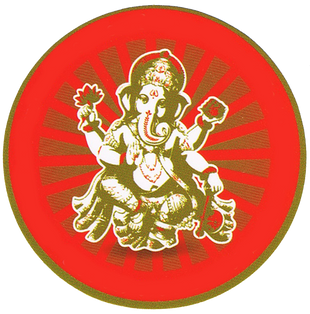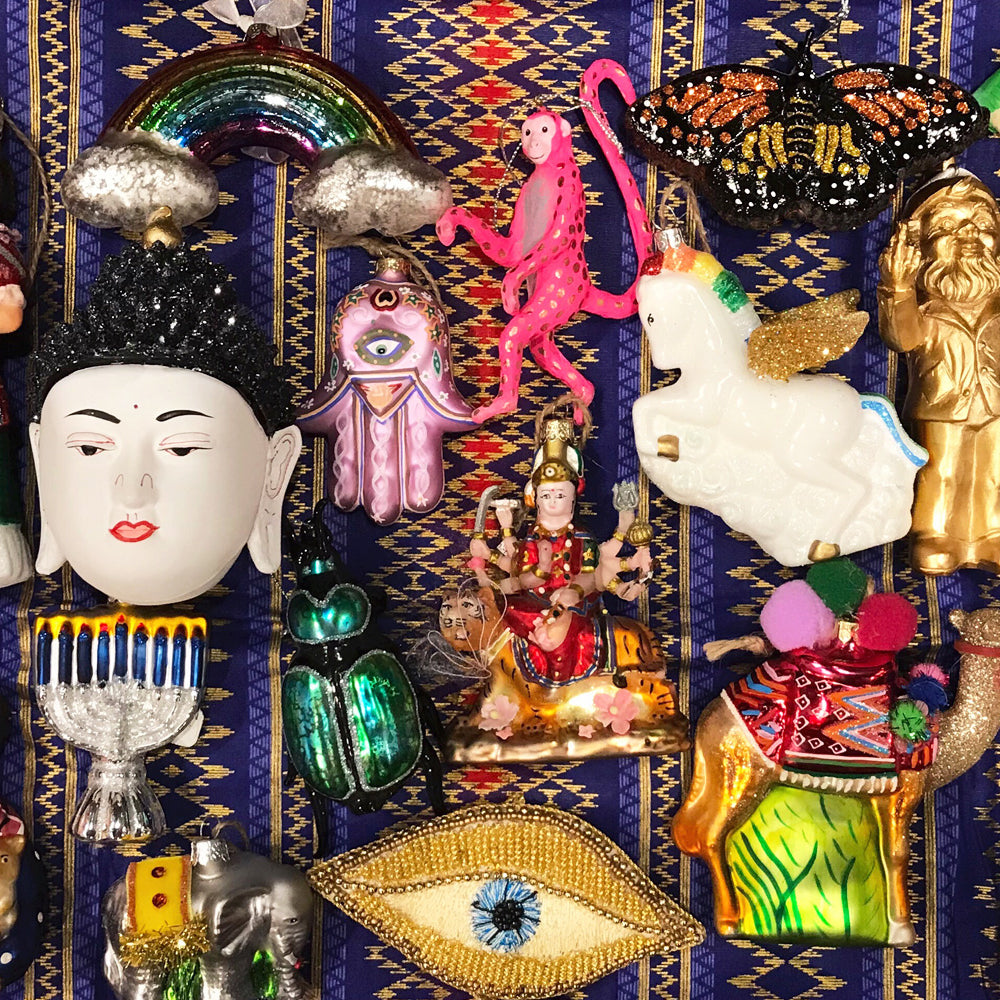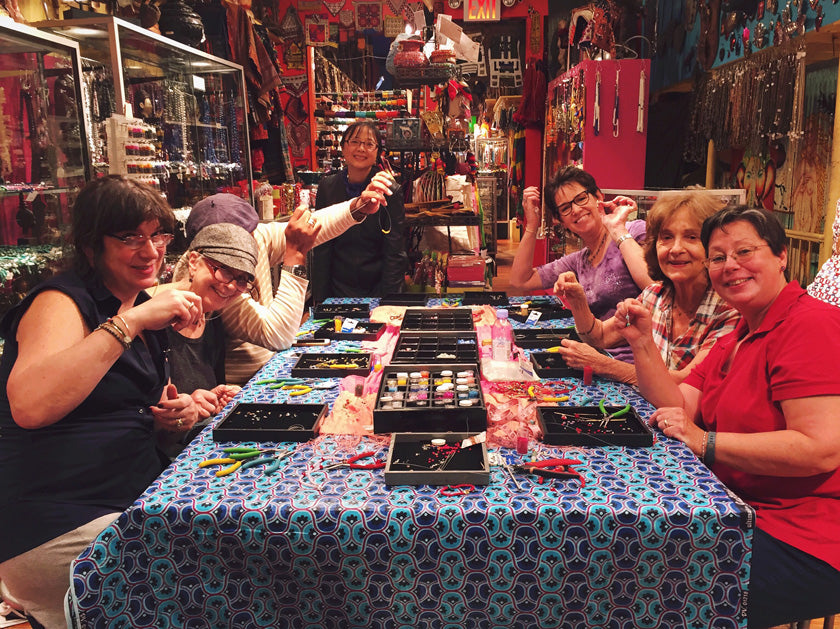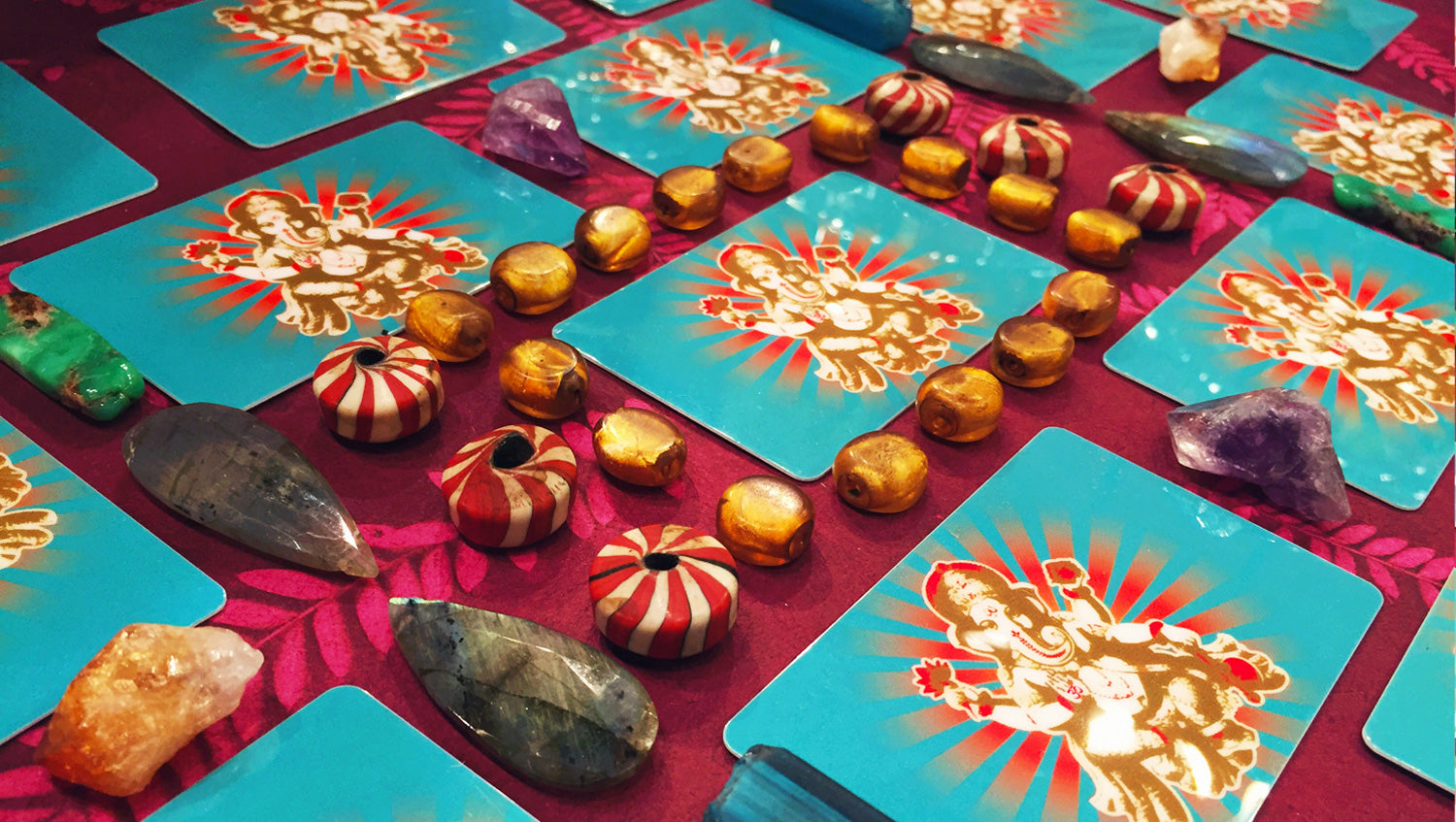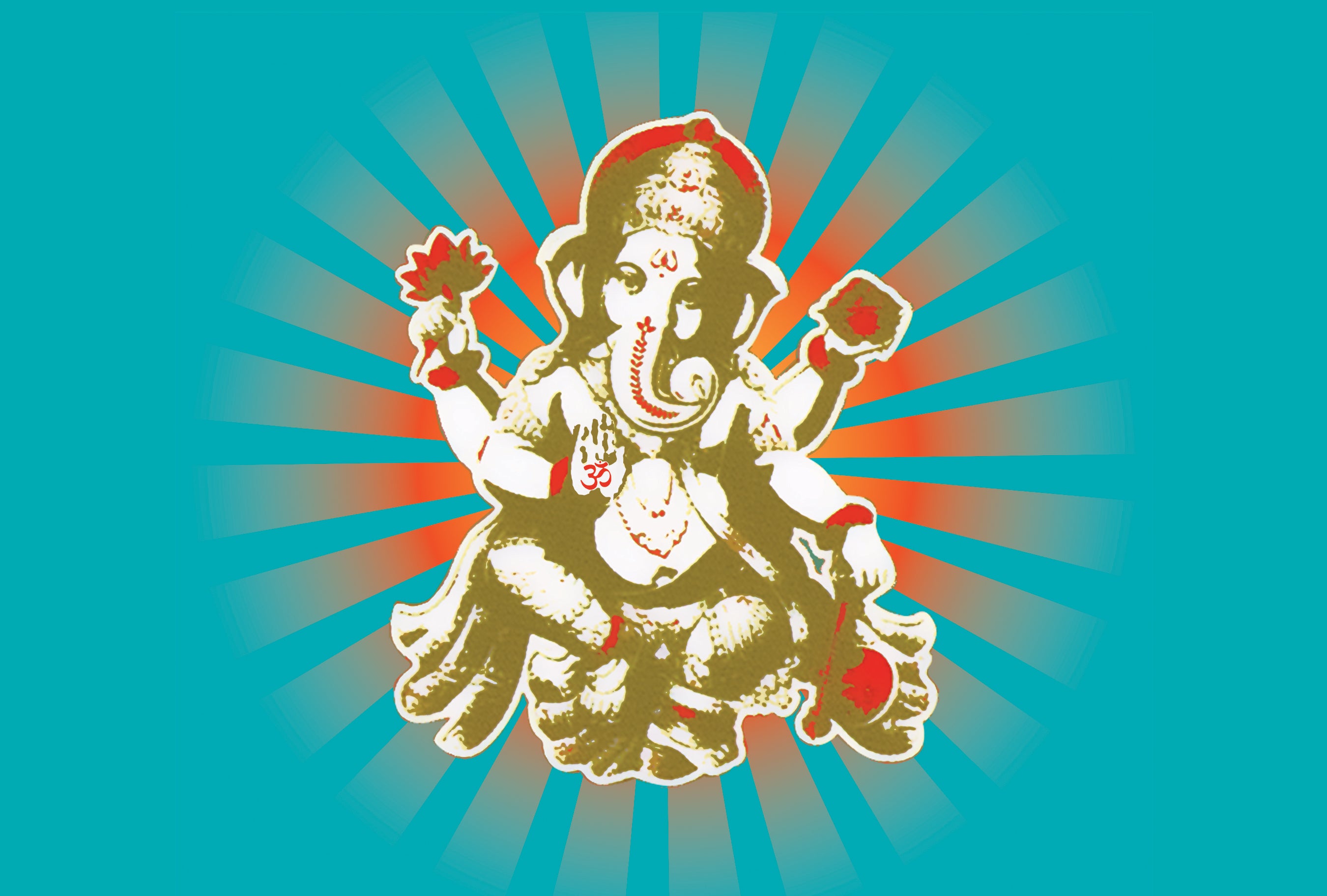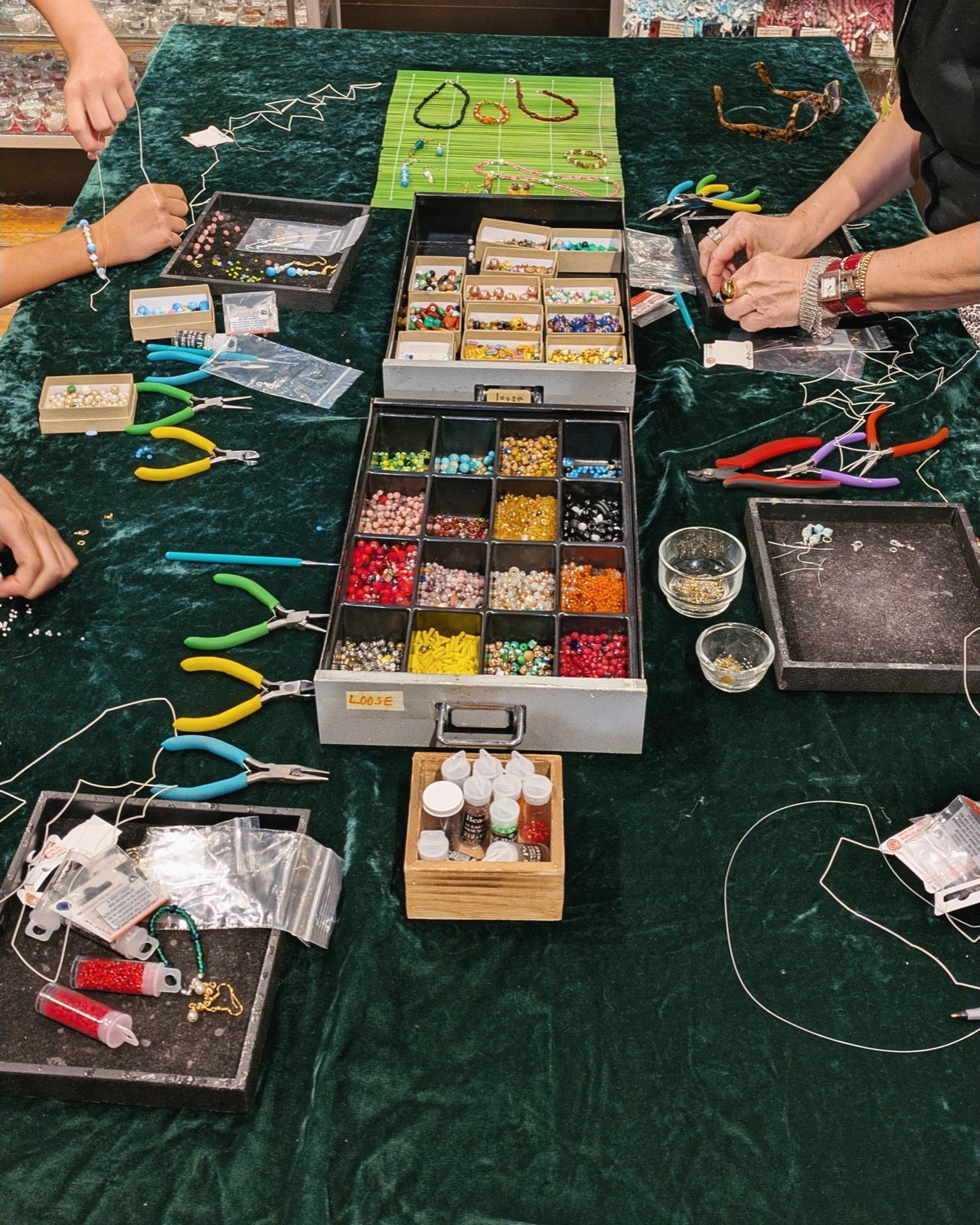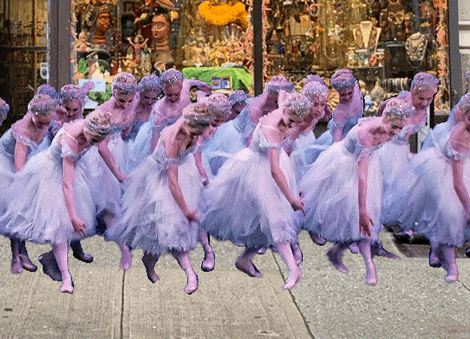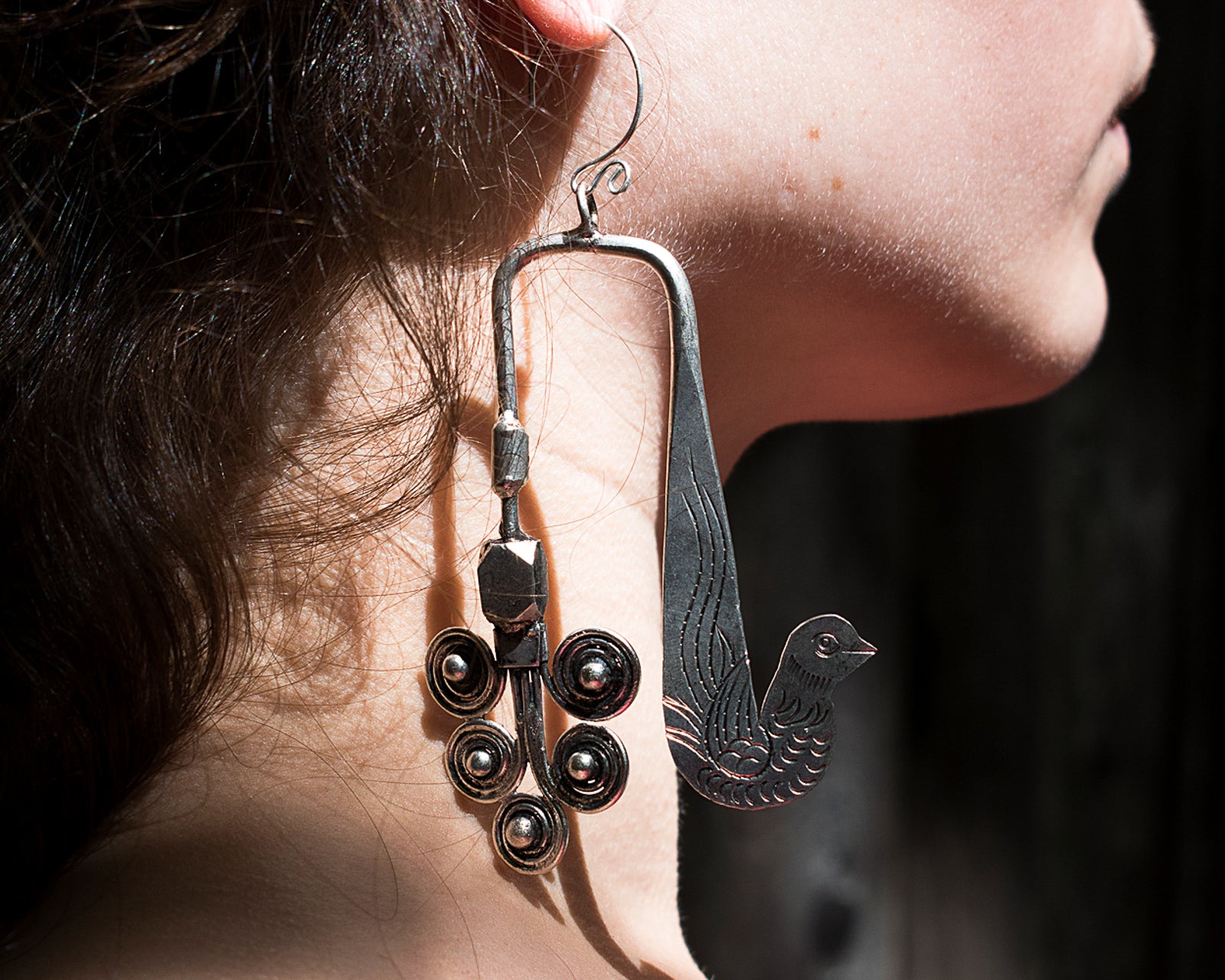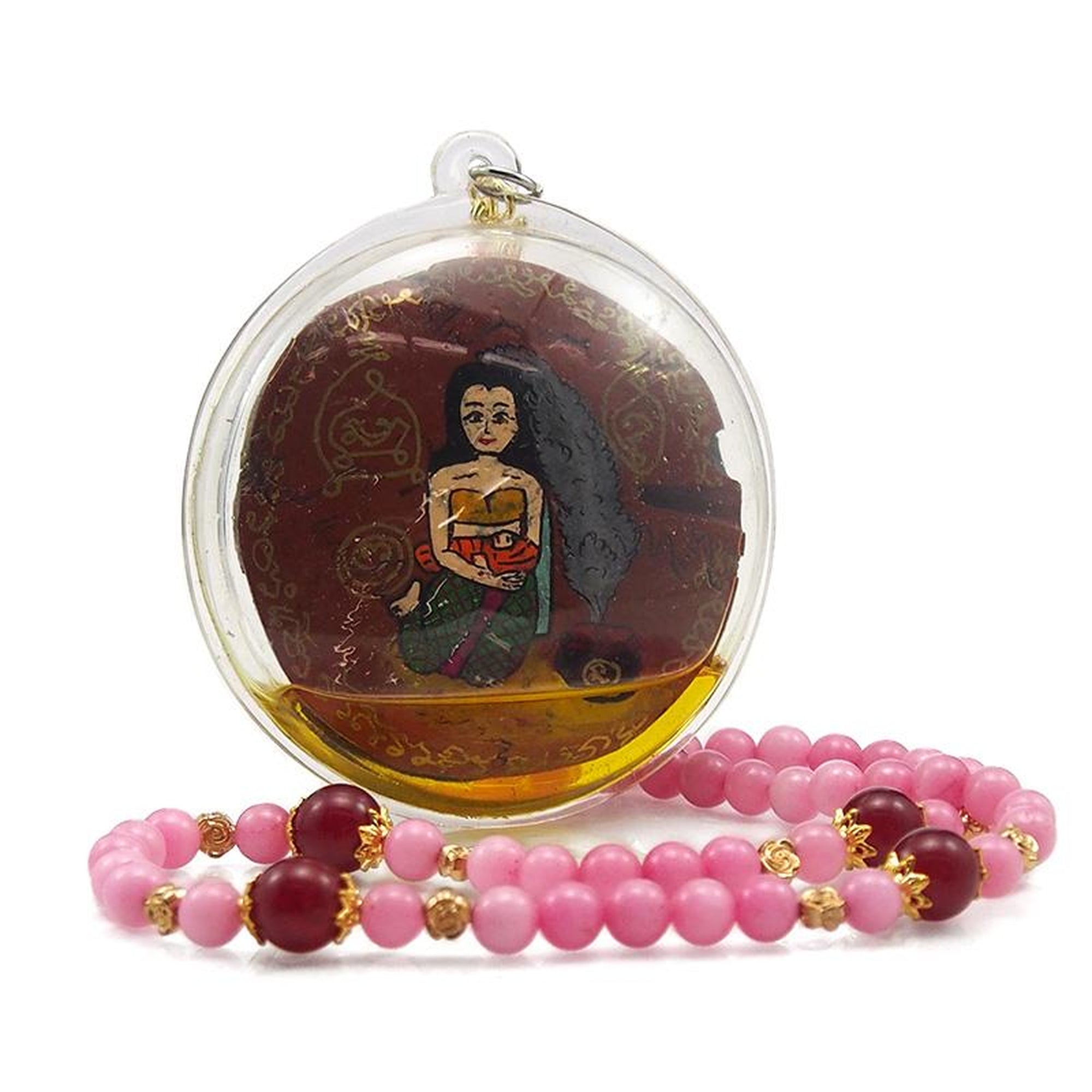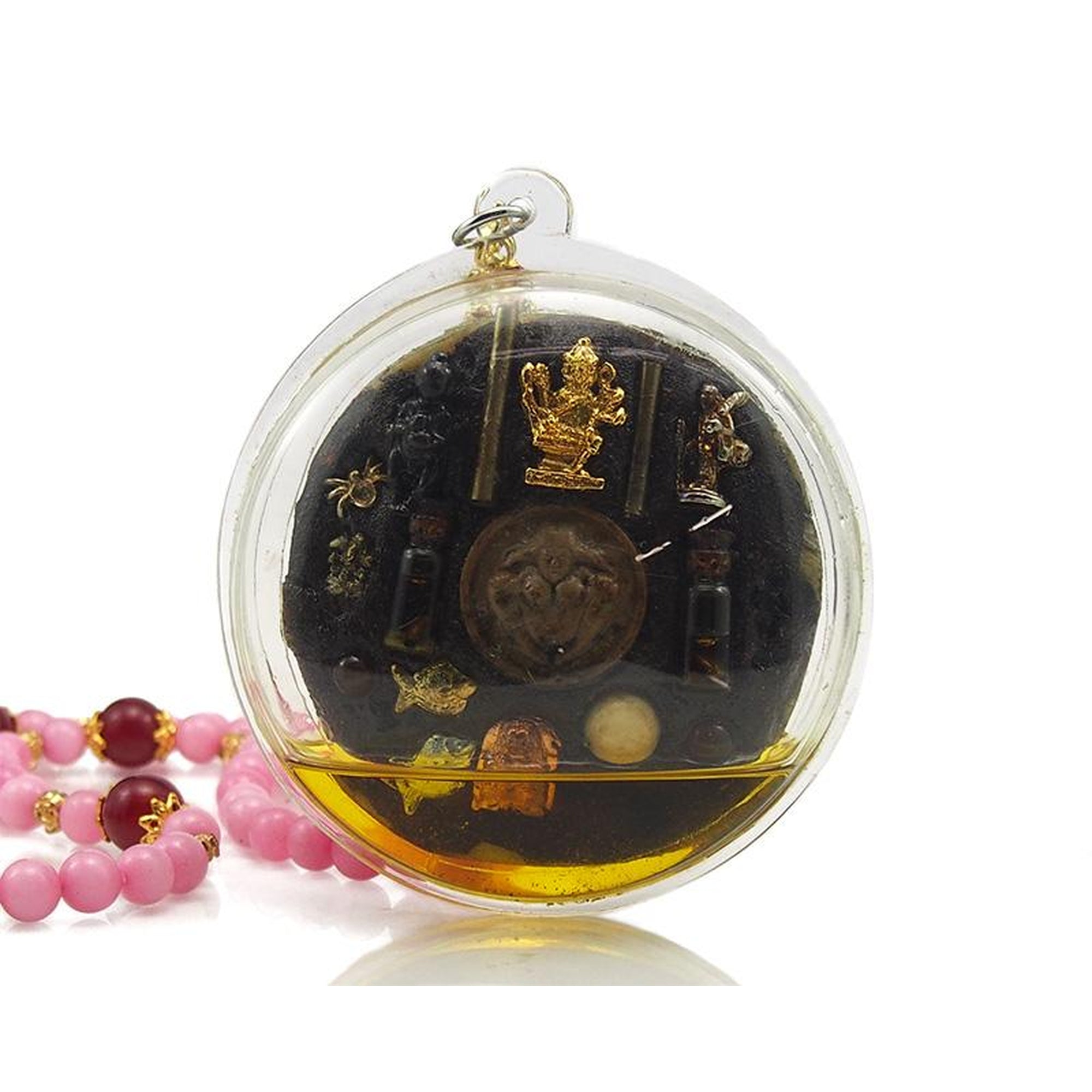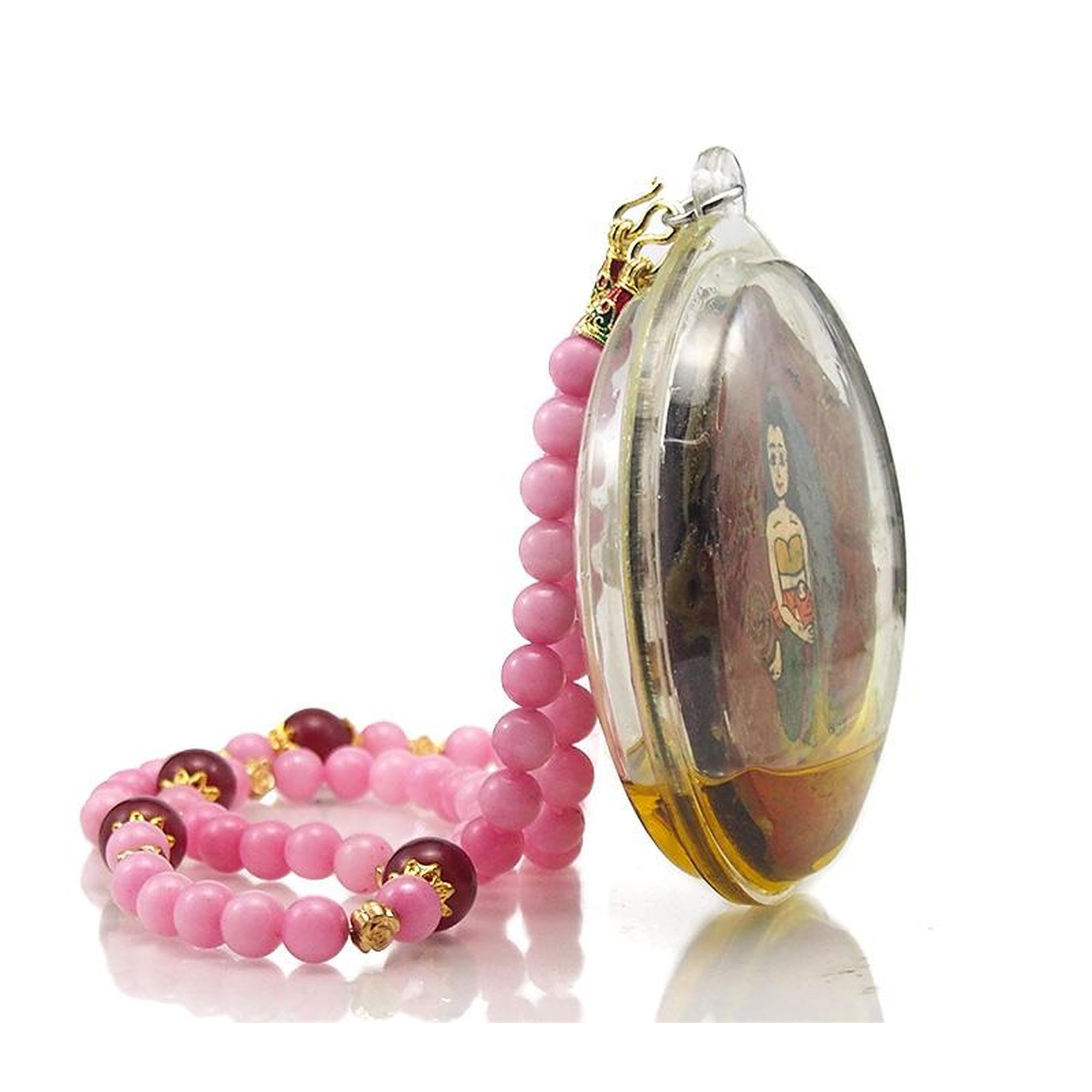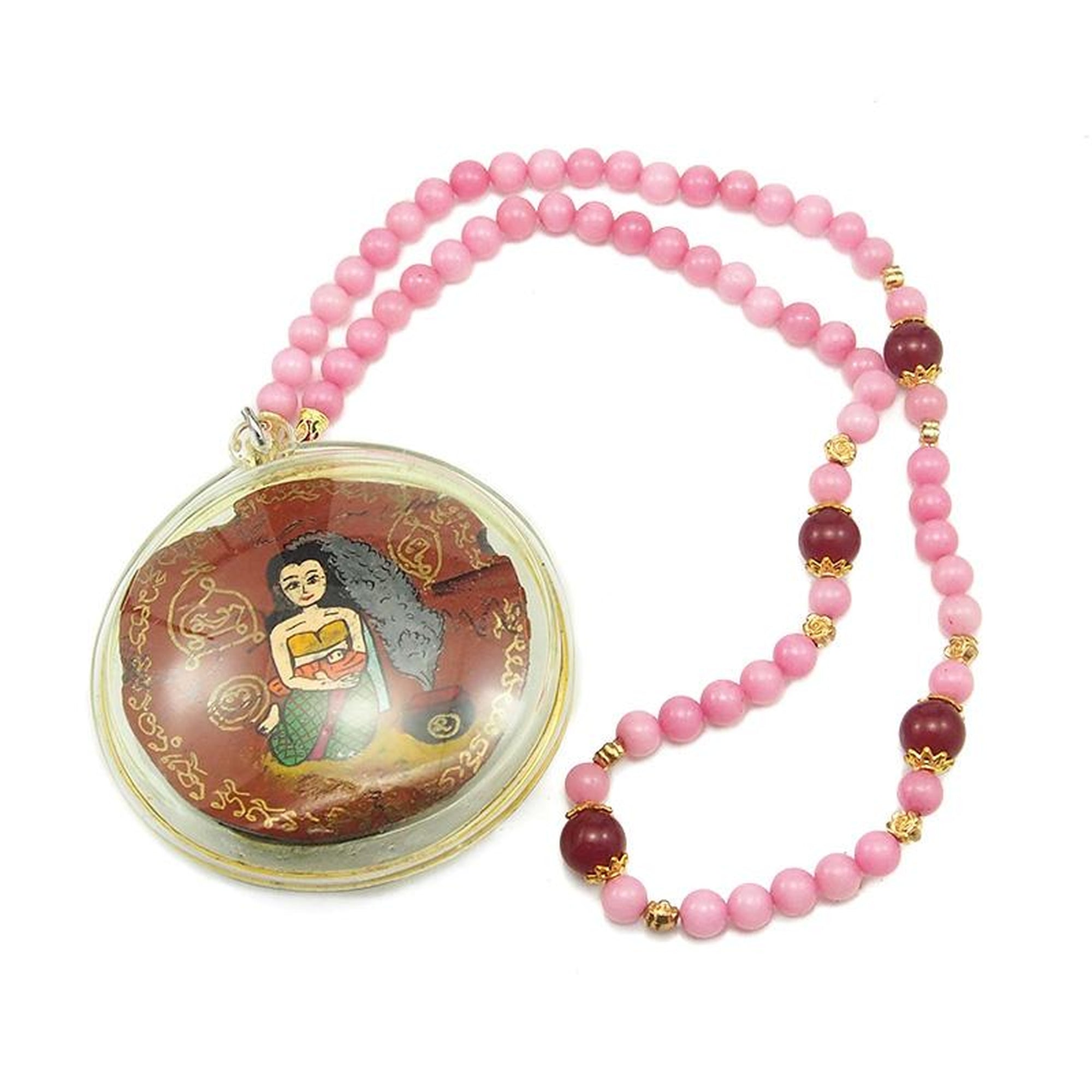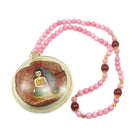Mae Nak Phra Khanong Eternal Love Amulet Pendant Necklace -15
Regular price
$ 225.00
Unit price
/
Unavailable
Shipping calculated at checkout.
- Mae Nak Phra Khanong Eternal Love Amulet -15
- Measure Approx. 4" long x 3 1/2" wide x 1 1/2" thick
- Neck Size : 25" long
- Materials: hand carved cow bone by a Master Amulet Maker, painted and adorned with Sacred Yants and Ritualistic symbols, suspended in oil inside a custom plastic case.
- Handcrafted in Thailand
- The tale of "Mae Nak" or "Nang Nak" (แม่นาค) is perhaps the most famous of all Thai ghost stories, and is the essence of Undying Love and Eternal Devotion. Beyond death, separation and absence, longing and suffering, Love still remains strong and powerful until the end of one lifetime and is reborn into the next life. A famous shrine in Bangkok (ศาลแม่นาคพระโขนง) is located near Sukhumvit Road, Soi 101, inside Wat Mahabut. It is believed to contain the grave of the Nang Nak, whose undying love has frightened and fascinated Thai people for more than a century.
- During the reign of King Mongkut (1851-1868), when Bangkok was still called the "Venice of the Far East", a beautiful young woman named Nak was married to a handsome young man in the Village named Mak. They moved into a small house on stilts on the bank of the River in Bangkok's Phra Khanong district, near Wat Mahabut.
- Nak and Mak were deeply in love and they were both looking forward to the birth of their first child, as Nak had soon become pregnant in their new home. Their beautiful new life together was unfortunately cut quite short one day when Mak was called up as a soldier of the Kingdom of Thailand to fight in a fierce war with Burma. To both their anguish, the newlywed and mother-to-be Nak was left alone to care for herself and the unborn child.
- During the War, Mak is grievously injured but survives, due to the intervention in his care of a powerful Monk, the Venerable Somdet To, who treats him with herbs and sacred Pali protective chants. The legendary Somdet To was (and still to this day) widely believed to possess magical powers. The Ven. Monk became close to the injured Mak during his long healing treatment of the wounded soldier. While caring for Mak, Somdet To senses Mak's deep psychic connection to his wife, and has a startling premonition that something has gone tragically wrong. Before declaring his premonition, Somdet To urges the Mak not to return home, but ordain as a Monk and follow Monastic Life. Deeply torn by his absence from his wife and by now newborn child, Mak steals away in the middle of the night to return to his beloved family and their loving home on the River.
- Months had passed, almost a year since Mak had left home, as he now began his return home to the Village. As Mak got closer on his journey back to the Village and his wife and child, he noticed that many of the people he saw on the road were not acknowledging his presence or even speaking to him. However, he soon forgot about that when he arrived home to be greeted by his beautiful wife Nak and their new baby boy. Life very soon returned to sweet normalcy and the family was now a loving household again. Days passed as Mak returned to being a fisherman and providing for his family, and Nak took loving care of her husband, their baby boy and their Thai stilt house on the River.
- Despite the passing of seemingly idyllic weeks, Mak started to feel that something was not quite right. He also noticed that strange things were occurring in the village, and people he understood to be friends and local neighbors were avoiding him. When a friend of Mak’s decided to visit him at Mak's home, things started to take a sinister turn. Mak's friend, along with other people in the village knew that Nak and her child had died in childbirth. When the delivery was due, a midwife came to help Nak to give birth, but the baby was in breech position, and they both died during childbirth. The body of Nak was buried at Wat Mahabut's graveyard. When Mak returned home without knowing that his wife was dead, his friends and neighbors were afraid of Nak's ghost due to the belief that women who died during childbirth (Phi Tai Thong Klom) created a powerful spirit.
- Nak loved her husband so deeply, and was ripped from life so unexpectedly, her tormented spirit retook her former visage form of human being, and Nak’s ghost remained in their little house, patiently waiting for Mak to return. The locals in Phra Khanong are scared away from her house because they can hear her ghost crying longingly for Mak, and occasionally see her image along the canal, still waiting for her husband. As a result, the locals are terrified and steer clear of her house (paddling on the other side of the canal if they do have to pass anywhere near).
- Nak’s ghost was unable to accept her untimely death and the thought of losing her child and beloved husband. Being a powerful ghost, she was able to disguise the real tragic life events from Mak, and project an alternate world, a picture perfect home and family for which Mak could return to her.
- Mak's friend never got as far as telling him that he was living with a ghost as he had intended, as Nak's ghost killed him on the way to meet Mak before he could disclose the truth. The ghost of Nak became desperate, now more and more protective of Mak, and went on to kill anybody that appeared to be a threat to her family or anyone even considering telling Mak the truth.
- Mak had no idea of his true situation until one day he witnessed a strange occurrence that made him begin to realize that the world that he thought he was living in was actually a dream, a ghostly projection, flowing from his deceased wife. One night as Mak returned home from fishing, he stopped to bathe underneath the house on stilts. He could see through the cracks in the floorboards that Nak was upstairs on the floor above. While she was preparing his favorite dish for their meal, Narm Prik, Nak dropped a lime fall through a gap in the floorboards. Unaware that Mak had already returned and was underneath the floor, she extended her ghostly arm more than two meters to retrieve the fallen lime. Mak was in a state of shock and horror, and began to see cracks appear in what he thought was a perfect home and a perfect life. As the veil of Nak's magical projection started to dissolve, Mak realized that far from living in a home that was being beautifully kept by his dutiful wife he was living in a derelict shack, and his beloved Nak and their child were actually animated corpses.
- Mak was terrified and managed to flee from the house. When he saw his wife's ghost pursuing him, he concealed himself behind a camphor (naad) grove (blumea balsamifera); according to Thai folklore, ghosts were afraid of naad leaves. After Nak's ghost had passed him by, he took refuge inside Wat Mahabut (unknown to him, the site of her actual grave).
- The grief and despair made Nak's ghost rancorous, to and the ghost began to terrorize and frighten the people of Phra Khanong for helping Mak to leave her by sheltering him in the Temple. The terrified villagers burnt down the now dilapidated shack that had been Nak's beloved home to rid the Village of Nak, but this cruel act simply angered her ghost even more.
- The local Shaman was called and asked to exorcise her ghost. But Nak was far too powerful, such was her devotion to her husband, that the powerful ghost resists the villagers’ attempts to exorcise her, and kills the Shaman/Exorcist who uses Brahmanic chants and yantras, which are ineffective against her. She terrorizes then further taunts and terrorizes the local Monks by polluting the Image Room of the Temple by leaving her dirty footprints on the ceiling.
- Understanding they are powerless against a spirit as strong as Nak's, a messenger is sent to find Venerable Pra Somdet To. Surely, the Venerable Monk who saves soldiers' lives will know how to deal with this problem.
- Somdet To arrives with is novice assistant. He calmly sits down on the ground in front of Nak’s open grave. He summons her in a direct and laconic tone. She appears rising out of the grave. While everyone else goes into shock and are afraid of the ghost, Somdet To is not affected. He simply chants for hours. The night passes and the sun rises. Somdet To subdues Nak through the chanting and then explains to her in simple Thai that she must give up her attachment to Mak and this world. He instructs Mak to come and embrace his wife for the last time. They cry together and proclaim their love for each other. Then Somdet To chants a final incantation and then states “gatha mun it” (“these are the foundational verses”). Her ghost evaporates in front of his eyes and then disappears forever. Somdet To's novice walks over to the physical corpse within the grave and using a hammer and chisel, removes a large piece of her forehead bone. He gives it to Somdet To and Somdet To tells the local Head Monk/ Abbot that he has captured Nak’s spirit (winyan) in the bone and that she cannot bother his village anymore.
- Later Somdet To is seen inscribing a yantra on the bone writing the khom letters and whispering to himself “ma, a, ua.” “This the well-known Sanskrit mantra chanted backwards. Aum is the sound believed by Buddhist ritual experts in the region to represent the entire Pali Buddhist canon (Tripiṭaka). Mak performs his final duties as Nak's devoted husband, and the corpse is cremated under the supervision of Somdet To. Mak then takes the Saffron Robes of Monastic Life and leaves the Village in the company of Venerable Somdet To.
- Legend has it that the piece of skull was later made into a brooch that was worn by the monk until his death. It later arrived into the possession of His Royal Highness Prince Chumbhorn Ketudomsak and subsequently passed through the hands of many people. The whereabouts of the brooch is now unknown but the sad story of Nang Nak continues to live on.
- Nang Nak lives on in Thai Culture as the faithful and loving wife of a soldier, Nai Mak. On one level her story and its popular appeal can be ascribed to its reaffirmation of core Buddhist teachings and values. A disruptive and dangerous ghost is pacified and tamed by the power of Buddha dhamma as represented by the powerful ethical and ritual authority of Somdet To. Venerable Somdet To exhibits the higher order powers (iddhi) well as the virtue (sila) and compassion (karunna) of a monk advanced in meditative practice and ritual mastery. He is not hostile, but shows compassion to Nang Nak, as well as to Nai Mak. He acknowledges their love, allowing them to embrace for a last time. But he insists that they must both accept change and impermanence (anicca)as inevitably and be reconciled to death, as part of the natural order.
- But of course this is only a part of the story and the message. Mae Nak's remaining trace spirit was not restricted to the buckle; only her negative energy and dangerous form was captured there. Her new identity as the Protective and Powerful Goddess is assured. Though located in the sacred space of the Mahabhute Temple, the style of worship of Mae Nak is not that of orthodox, canonical Buddhism. It is localized and popular worship, with the expectations of blessing and benefits being bestowed on her worshippers. The usual offerings of flowers, candles and incense and gold leaf are made, but also traditional clothes and gowns are offered to them, both mother and child; cosmetics for the mother, diapers and toys for the child. She is said to be particularly kindly to soldiers, because her husband was one. She hates military conscription, because it was that which took her loving husband away from her. She is especially popular in the days preceding a lottery draw. She has appeal for young men called up for the other kind of lottery, the notorious red bean black bean draw, which decides whether the young man does military service or not. Mae Nak hates conscription so she will help to ensure that those who make the appropriate offerings to her avoid being called up. Even worried mothers of teenage military aged sons approach her on this matter. The status of Mae Nak as a trans-regional Goddess, not just a local one, and her extra Buddhist identity, while not contradicting Buddhism, does indicate that she is fulfilling needs not ordinarily addressed by orthodox or elite Buddhist teachings.
Pickup available at 16 East 17th Street
Usually ready in 24 hours
Mae Nak Phra Khanong Eternal Love Amulet Pendant Necklace -15
-
16 East 17th Street
Pickup available, usually ready in 24 hours
16 East 17th Street
+12126200642
Ground Floor
New York NY 10003
United States
Mae Nak Phra Khanong Eternal Love Amulet Pendant Necklace -15
